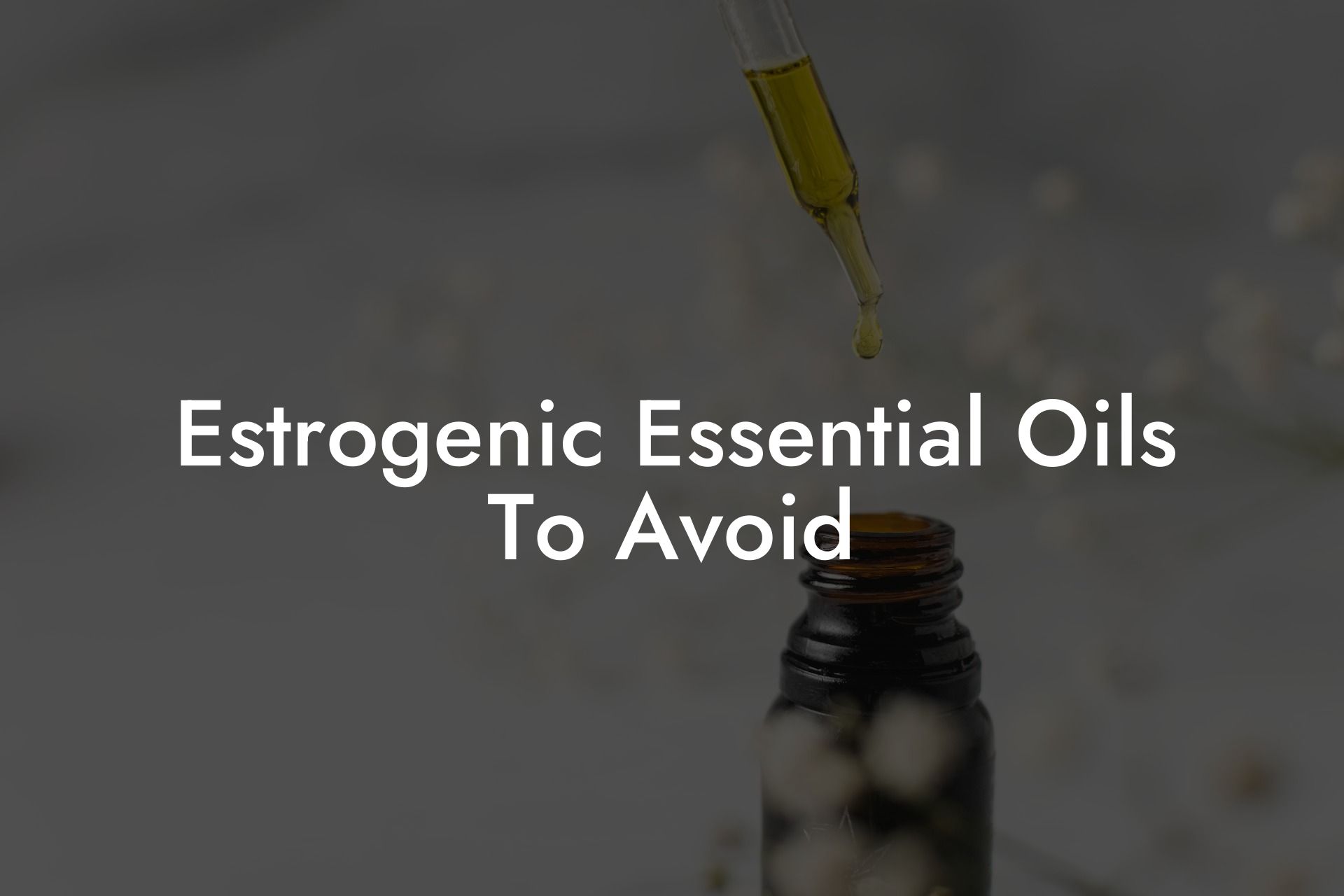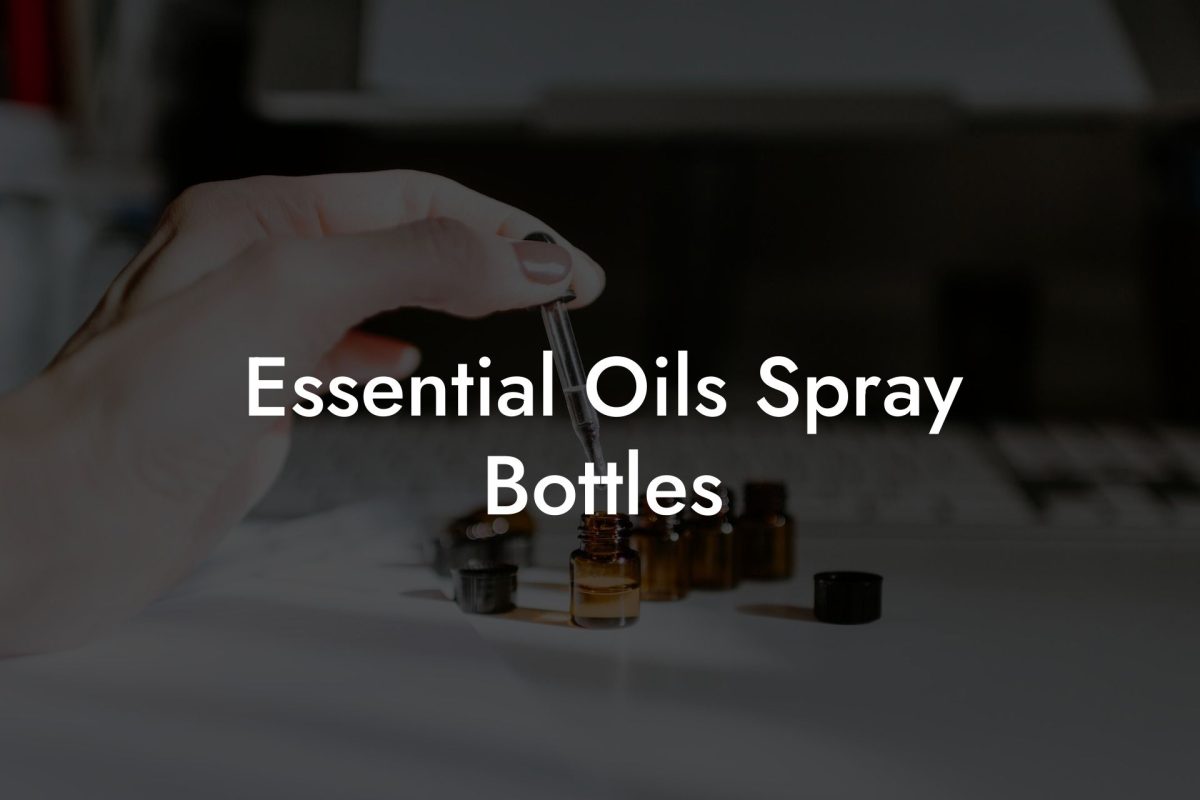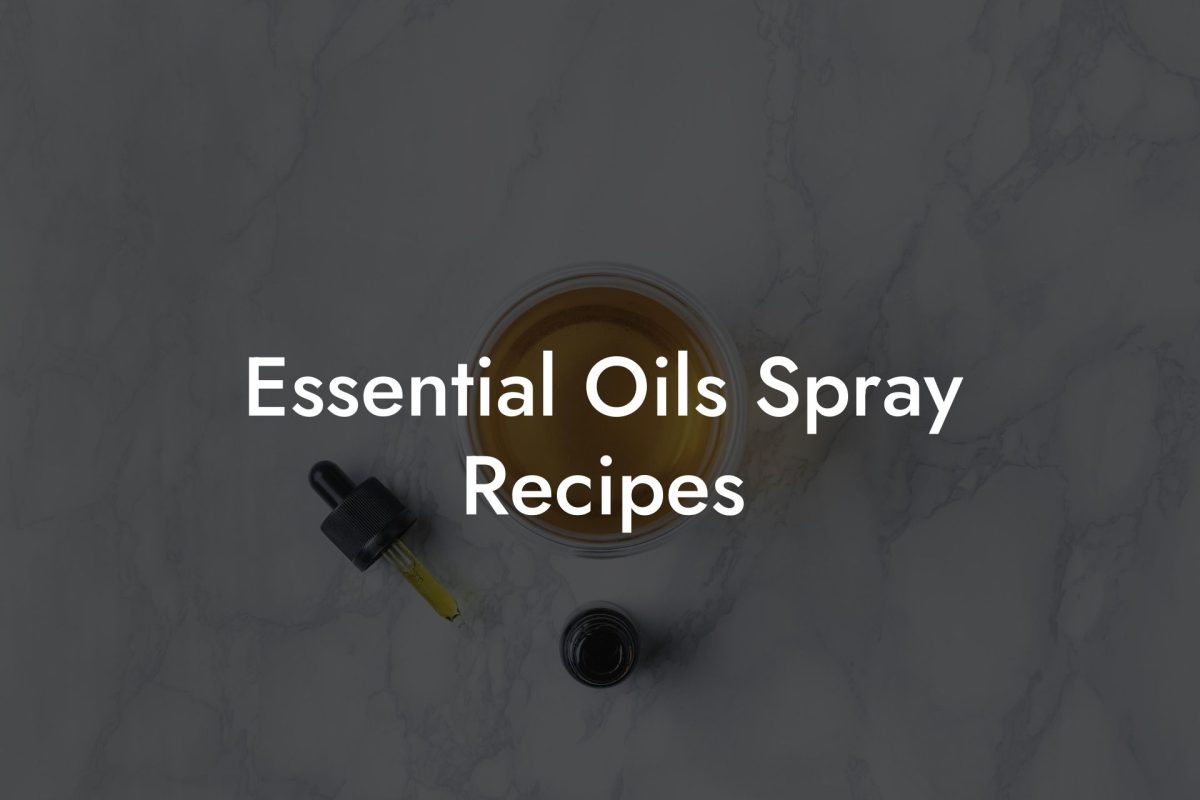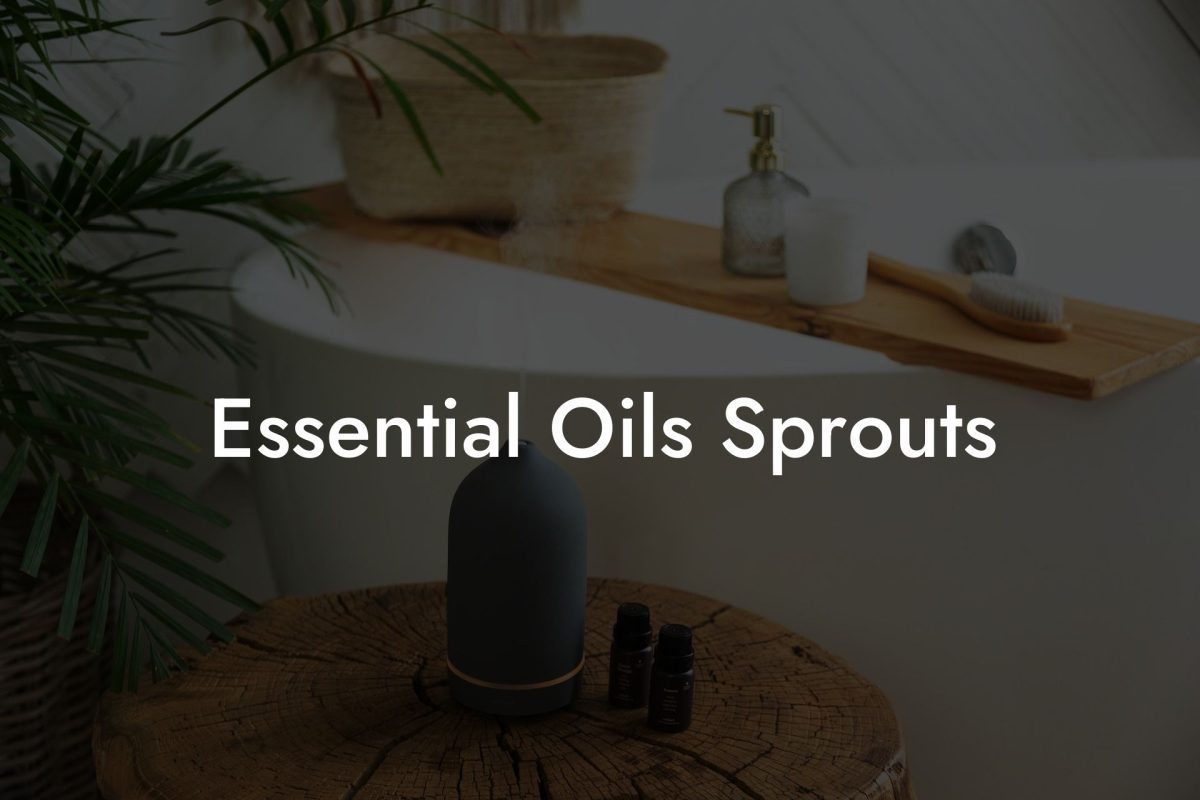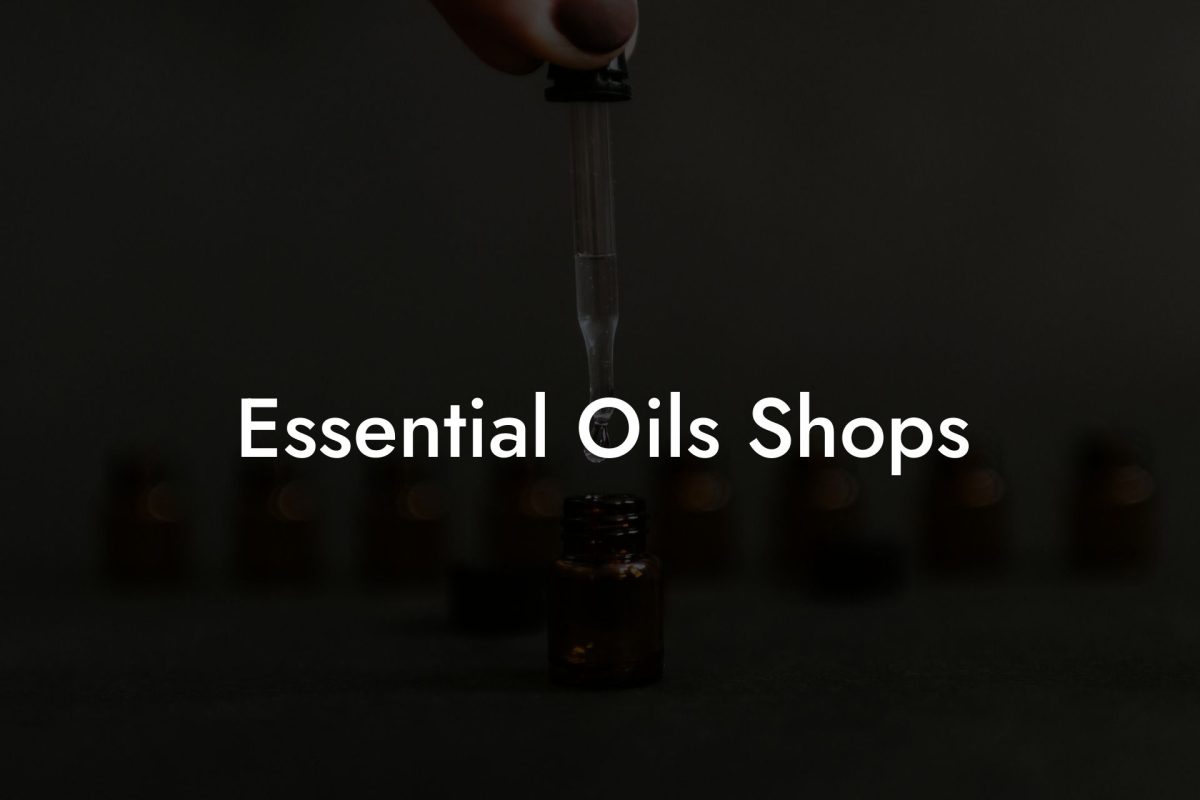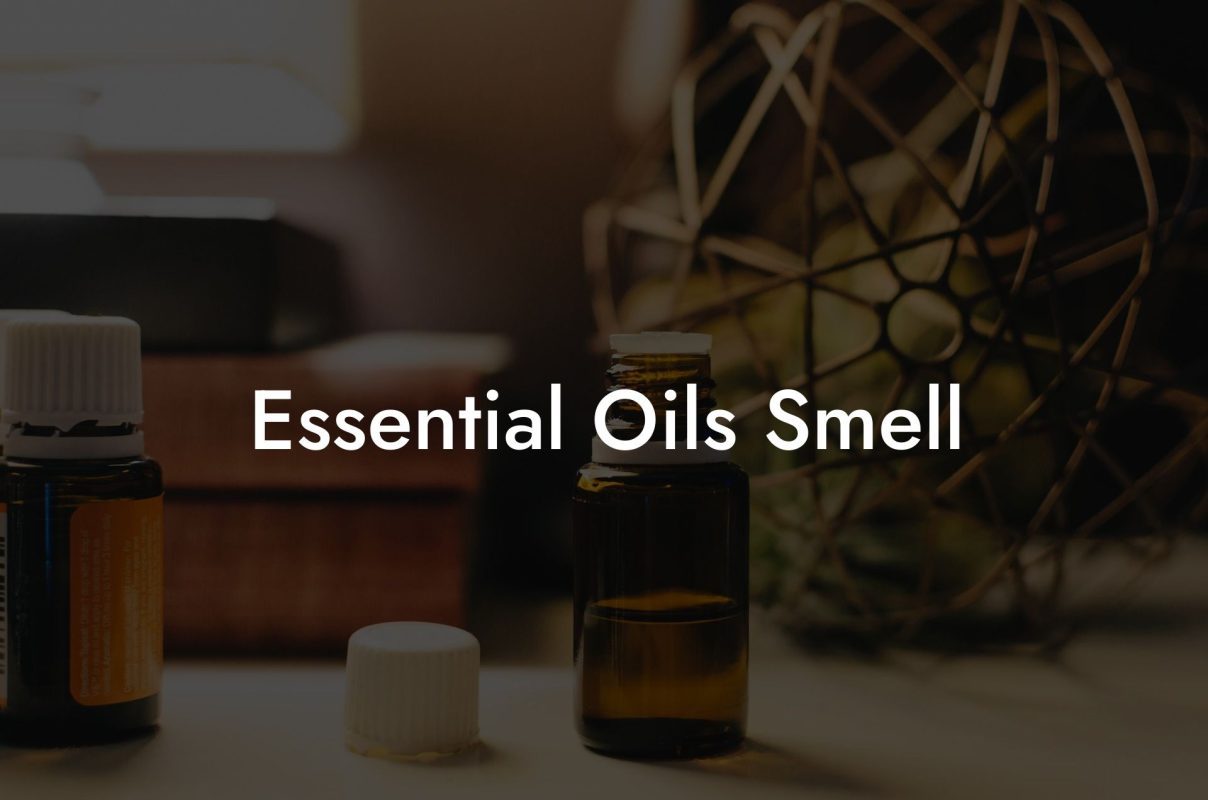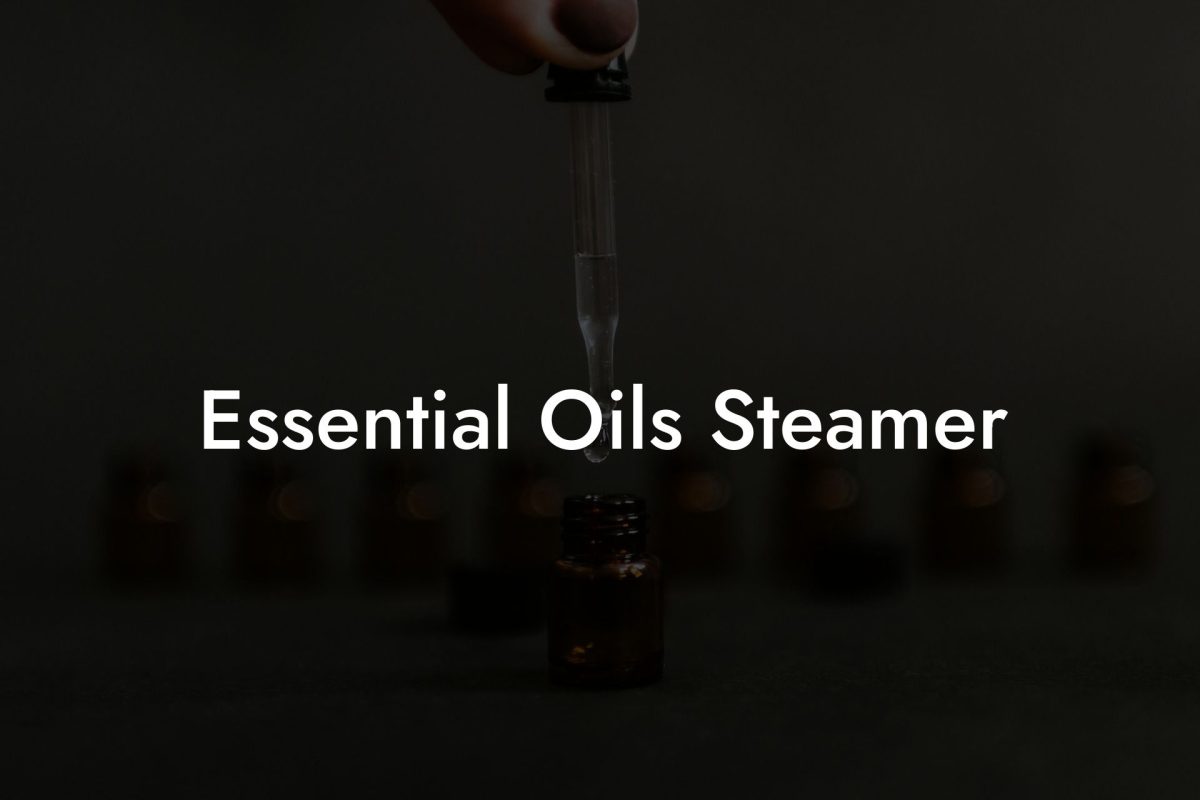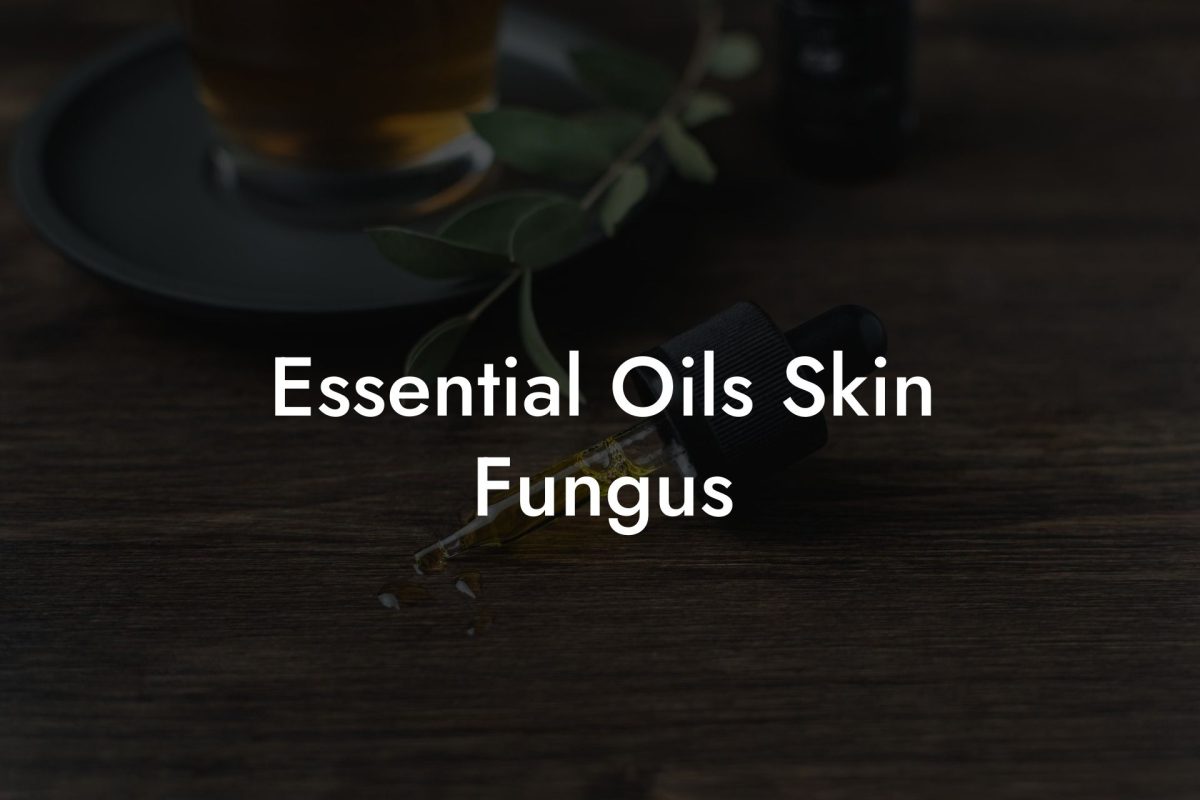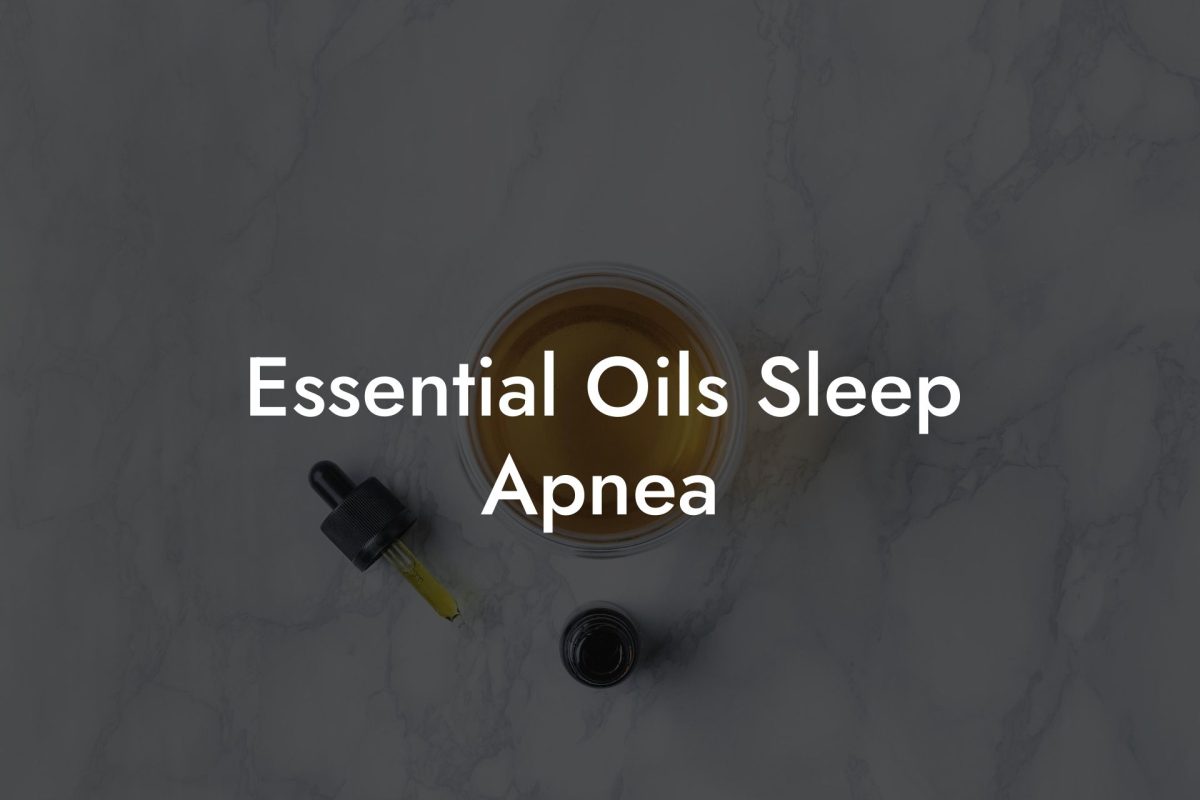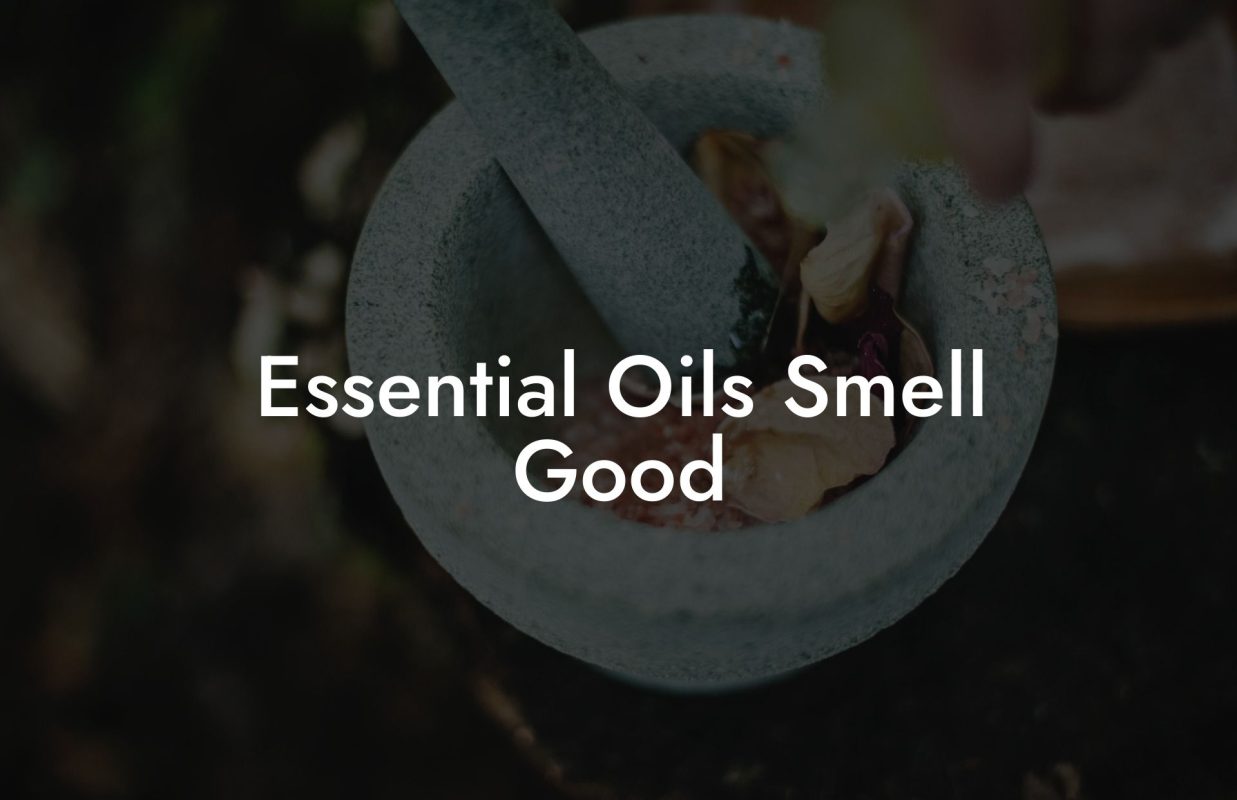Do you currently use essential oils and wonder which ones may have estrogenic effects? Or are you just exploring the uses of essential oils and want to make informed decisions for your health? Estrogenic essential oils are those that may mimic the action of the hormone estrogen in the body. In this article, we will discuss essential oils with estrogenic properties that one should be cautious of and delve deeper into their potential impacts on health.
Table of Contents
Understanding Estrogenic Essential Oils
Estrogenic essential oils are a group of essential oils that have the potential to imitate estrogen’s action, a vital hormone in the human body. These types of essential oils may have undesirable effects on some individuals, particularly in those with hormonal imbalances or estrogen-sensitive conditions.
Potential Health Effects
Estrogen plays a crucial role in regulating various processes in the body, including the female menstrual cycle and the development of secondary sex characteristics. However, exposure to outside substances that mimic estrogen may lead to an imbalance in the body and may cause:
- Breast tenderness
- Mood swings
- Endometriosis
- Fibroids
- Irregular periods
- Hormone-sensitive cancer risk increase
These potential effects make it essential to be aware of estrogenic essential oils and avoid them if you have any health concerns.
Estrogenic Essential Oils to Avoid
The following essential oils have estrogenic properties and should be used with caution:
1. Clary Sage Oil
Clary sage oil is widely used for its soothing and relaxing properties. However, it is also known for its estrogenic properties, making it unsuitable for people with estrogen-sensitive disorders.
2. Anise Oil
Anise oil has a strong licorice-like scent and is often used as a flavoring agent. It is believed to have estrogenic effects, so it’s best to avoid using anise oil in your daily routine if you have hormone imbalances.
3. Fennel Oil
Fennel oil is primarily used for its digestive benefits, but is also known to have estrogenic properties. If you are concerned about your estrogen levels, consider using an alternative essential oil for your digestive needs.
4. Lavender Oil
Lavender oil is a popular essential oil for its calming and stress-relieving properties. However, some studies have shown a potential link between the use of lavender oil and estrogenic effects. Although the evidence is not yet conclusive, it is essential to consider your risks and use lavender oil with caution.
5. Tea Tree Oil
Tea tree oil is widely used for its antifungal and antibacterial properties. However, like lavender oil, it has been found to possibly have estrogenic effects in some individuals. Exercise caution when using this versatile essential oil.
Estrogenic Essential Oils To Avoid Example:
If you’re currently using clary sage oil as a natural remedy for alleviating PMS symptoms, it may be best to discontinue its use if you have concerns about estrogen-sensitive conditions in your body. Instead, consider using an alternative essential oil like chamomile oil, which has calming properties and does not have estrogenic effects.
Now that you are aware of estrogenic essential oils to avoid, you can make informed decisions about which essential oils are best for your specific needs. Always remember that everyone’s body is different, and what may work for one person may not be suitable for another. To further enhance your essential oil knowledge, explore other informative guides on Oshu Oils, and don’t forget to check out our range of carefully curated, artisan essential earth oils that promote a balanced lifestyle. If you found this article helpful, please share it with your friends and loved ones so they can also make well-informed choices about the essential oils they use.

